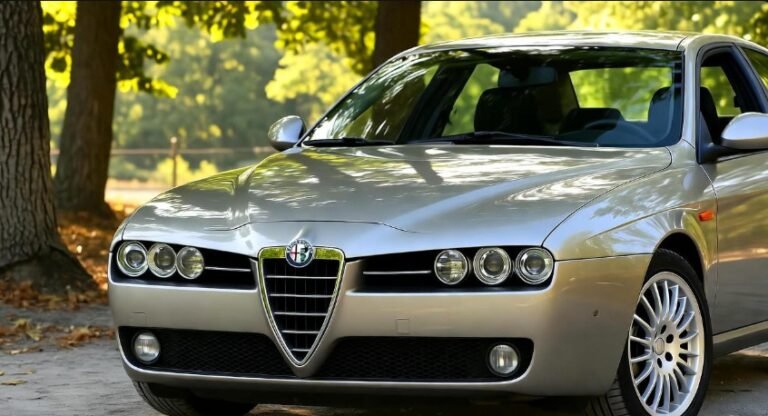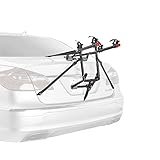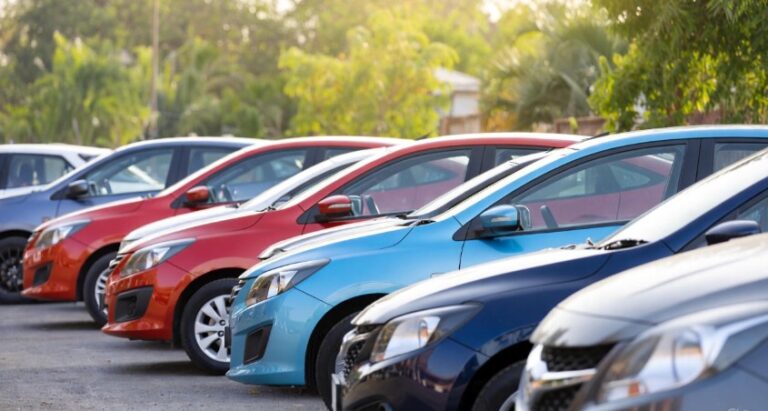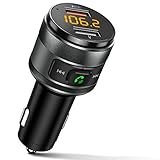Towing a Car with a Tow Bar: Everything You Need to Know
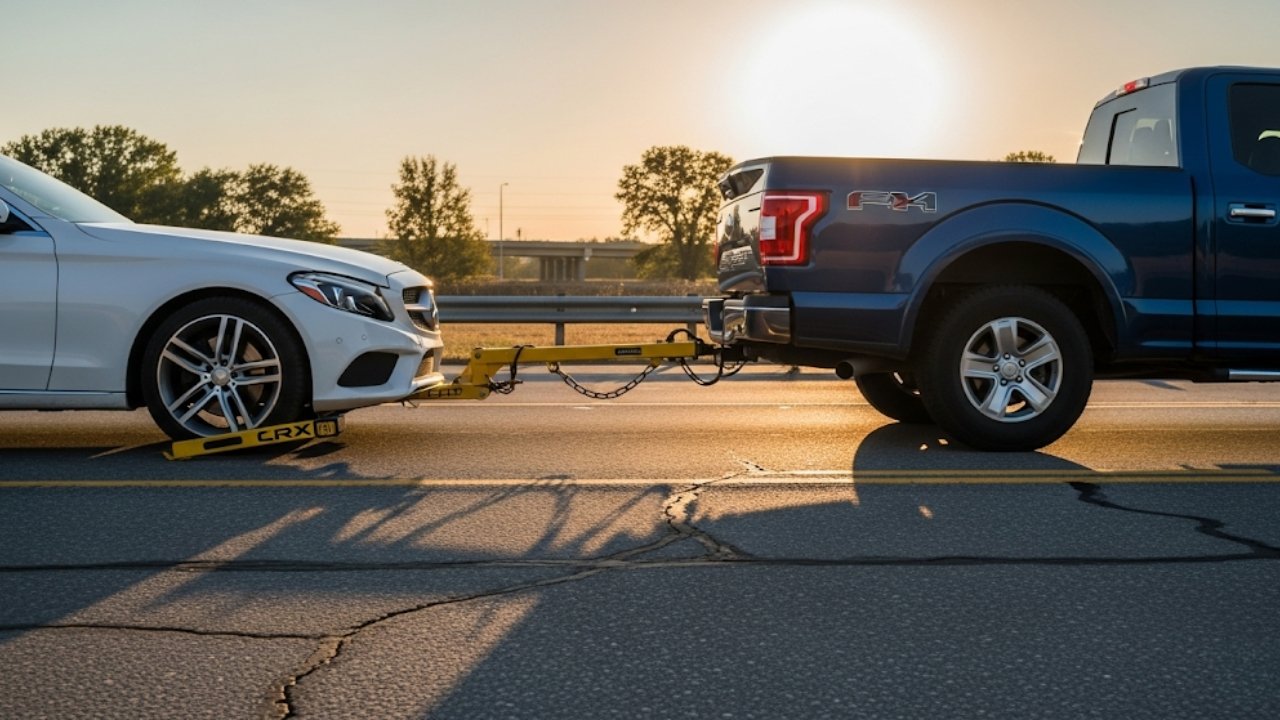
It was a rainy Saturday afternoon. My cousin’s old hatchback had stalled on a quiet country road. No tow trucks were available for hours, and the battery was deader than disco. So, like any semi-responsible adult with a bit of YouTube knowledge and a dusty manual in the glove box, I said, “Let’s do this the old-fashioned way—with a tow bar.”
That day taught me a lot about towing a car with a tow bar, not just technically but emotionally too. It’s not just hooking up two vehicles and driving off. There’s a method. A rhythm. A lot of stress. And yes, a few scary moments when the towed car felt like it had a mind of its own.
If you’re thinking about towing a car with a tow bar, this guide is for you. I’ll break down the whole process, dos and don’ts, personal tips, plus things manuals don’t tell you. So buckle up—this won’t be your typical instruction manual.
In This Article
- 1 What is a Tow Bar and Why Use It?
- 2 Can You Tow Any Car with a Tow Bar? (Spoiler: No, You Can’t)
- 3 The Tools You’ll Need to Tow a Car with a Tow Bar
- 4 How to Tow a Car with a Tow Bar (Step-by-Step Instructions)
- 5 Real Talk: What It Feels Like to Tow a Car with a Tow Bar
- 6 Legal Rules You Must Know Before Towing a Car with a Tow Bar
- 7 Top Safety Tips for Towing a Car with a Tow Bar
- 8 What Happens After the Tow? Post-Tow Maintenance Tips
- 9 Alternatives to Tow Bar Towing
- 10 Towing a Car with a Tow Bar: Pros and Cons
- 11 FAQs About Towing a Car with a Tow Bar
- 11.1 1. Is it legal to tow a car with a tow bar on public roads?
- 11.2 2. Can I tow an automatic car with a tow bar?
- 11.3 3. What’s the maximum speed I should drive while using a tow bar?
- 11.4 4. Does the towed vehicle need its own braking system?
- 11.5 5. Can one person tow a car with a tow bar alone?
- 11.6 6. Is a tow bar better than a tow rope or chain?
- 11.7 7. Can I rent a tow bar for a one-time job?
- 11.8 8. Is towing with a tow bar bad for my car?
- 12 Final Thoughts: Trust the Process, Not Just the Tools
What is a Tow Bar and Why Use It?
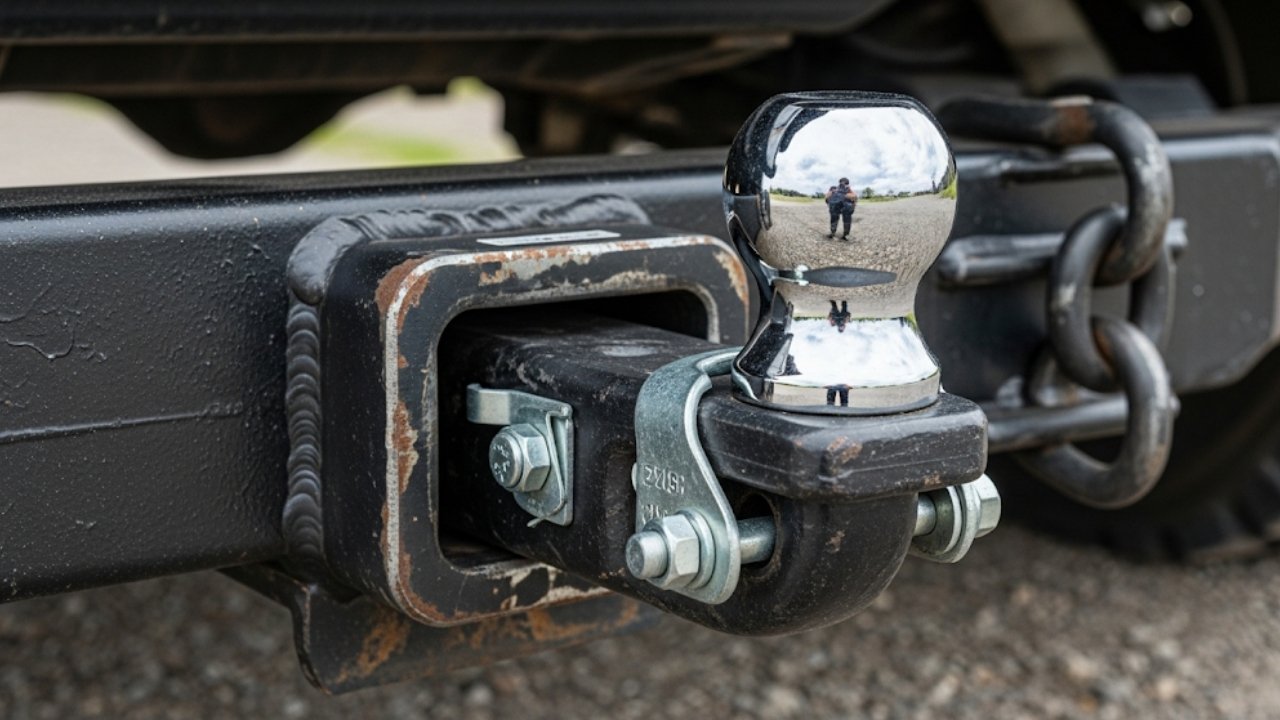
Here’s the simple magic: the tow bar lets the towed vehicle roll freely while staying perfectly aligned behind the towing vehicle.
Why should you choose a tow bar? Well, here’s the truth most folks learn too late:
-
Ropes stretch.
-
Chains jerk.
-
But a tow bar keeps it smooth.
Plus, modern cars with power steering and advanced transmissions don’t always respond well to DIY solutions. A tow bar setup is more forgiving and legal in more places.
Benefits of Using a Tow Bar
Let me give you a quick breakdown:
| Feature | Tow Bar | Tow Rope | Tow Dolly/Trailer |
|---|---|---|---|
| Stability | ⭐⭐⭐⭐⭐ | ⭐⭐ | ⭐⭐⭐⭐ |
| Ease of Use | ⭐⭐⭐⭐ | ⭐⭐⭐ | ⭐⭐⭐⭐ |
| Legality | ⭐⭐⭐⭐ | ⭐ | ⭐⭐⭐⭐ |
| Car Compatibility | ⭐⭐⭐⭐ | ⭐⭐ | ⭐⭐⭐ |
| Storage Convenience | ⭐⭐⭐ | ⭐⭐⭐⭐⭐ | ⭐ |
If your situation fits the tow bar setup—meaning both vehicles are compatible, distances are short, and you’ve got a second driver—this is one of the most affordable and secure ways to tow a vehicle.
Can You Tow Any Car with a Tow Bar? (Spoiler: No, You Can’t)
Let’s clear one thing up right away: not every car can be towed with a tow bar.
This is where most people get stuck. You see a stranded car, you’ve got a buddy with a truck, and you think, “Tow bar it is.” But it’s not that simple.
Here’s what you need to check first:
-
Transmission type:
Manual cars are easier to tow. Most automatics can’t be flat-towed unless modified or in neutral. And EVs? Forget it—towing some electric vehicles with the wheels on the ground can destroy the drivetrain. -
Braking system compatibility:
Some cars have braking systems that lock up without the engine running. You’ll need to check if it can be left in “free roll” safely. -
Steering lock mechanism:
Can the steering wheel turn freely while the key is in the ignition without starting the engine? Some newer models auto-lock the steering if not powered. -
Curb weight vs tow capacity:
The towing vehicle must weigh significantly more than the towed one. If you’re towing a heavy SUV with a compact sedan… well, that’s a recipe for disaster.
PRO TIP: Always check the owner’s manual for “towing instructions.” Most manufacturers clearly mention whether flat towing is safe or not.
If your car doesn’t qualify for tow bar towing, don’t risk it. Use a dolly or call a professional instead.
The Tools You’ll Need to Tow a Car with a Tow Bar
Think of this as your checklist before you even think about stepping into the driver’s seat:
Basic Equipment:
-
Tow bar (obviously) – solid and rated for the car’s weight.
-
Tow brackets – mounted securely to the front of the car being towed.
-
Safety chains – backup connection in case the tow bar fails.
-
Lighting connection – brake and turn signal lights must sync with the towing car.
-
Towing mirror extensions – optional but helpful for visibility.
You can find tow bar kits online, or rent one from your local auto parts store. Just make sure it fits your vehicle’s make and model.
A Few Extras That Save the Day:
-
Walkie-talkies or Bluetooth headsets for communication.
-
Warning signs or reflective flags.
-
Wheel chocks to prevent rolling during hookup.
This part always feels a bit like preparing for a small road trip. A safe towing experience always starts with being prepared.
How to Tow a Car with a Tow Bar (Step-by-Step Instructions)
This is where the fun (and a little fear) begins. Here’s how I did it—and how you can too:
1. Park Both Vehicles on a Flat Surface
Make sure you’re on level ground. Gravel or hills will make everything harder and more dangerous.
Put both cars in park (or gear if manual), and engage the handbrakes.
2. Install Tow Bar Mounts or Brackets
This part’s crucial. You need to install the mounting brackets on the car being towed. If the brackets aren’t already fitted, use a manufacturer-specific kit. Do not try to improvise this with ropes or metal bars.
Once done, connect the tow bar to the towing vehicle’s hitch.
3. Attach the Tow Bar and Secure All Pins
Line up the two cars—ideally with a second person guiding you—and attach the tow bar to the brackets. Make sure all the safety pins and locks are in place.
4. Connect Safety Chains and Wiring
Use crossed chains for extra safety under the tow bar. These catch the tongue if it falls. Then, hook up the brake light wiring harness from the towing vehicle to the rear car.
5. Prep the Towed Vehicle
-
Put transmission in neutral
-
Release the parking brake
-
Turn the key to the accessory position to unlock the steering wheel
6. Check Everything, Then Check Again
Before you move:
-
Double-check the connections
-
Test the lights
-
Make sure the towed vehicle is tracking straight
-
Communicate your plan to your second driver if needed
Once you start driving, take it slow. Seriously—20 to 30 km/h in city areas and under 60 km/h on highways is ideal. Avoid sudden brakes, sharp turns, or rough roads.
Real Talk: What It Feels Like to Tow a Car with a Tow Bar
Imagine pulling a stubborn shopping cart behind you for miles. It wobbles when you accelerate too fast. It fights you when you brake suddenly. Now multiply that anxiety by a hundred—and throw in traffic, weather, and curious onlookers.
That’s what it felt like when I towed my cousin’s hatchback.
The car jerked a little during braking. I kept glancing in the mirror every five seconds. And hills? They were the stuff of nightmares. But after a while, it became rhythmic. Like a quiet dance. Once you get the feel of it, it’s almost meditative.
You just have to respect the process. Respect the weight. Respect your limits.
Legal Rules You Must Know Before Towing a Car with a Tow Bar
Here’s the part many folks skip—and regret later. Towing rules aren’t the same everywhere. Depending on your location, towing a car with a tow bar might be fully legal, restricted, or outright banned on public roads.
Let me share a quick story: A friend of mine in the UK once towed his brother’s compact car home after a breakdown. About 10 minutes into the ride, a police officer pulled him over. Turns out, in that jurisdiction, towing with a rigid bar without proper brakes and lighting on the towed vehicle is illegal. Boom. £200 fine, points on the license, and a warning.
Common Legal Requirements (Always Double-Check Locally):
-
Proper lighting: The rear car must have brake lights, indicators, and taillights that work in sync with the towing car.
-
Braking system: Some places require a braking system on the towed vehicle if it exceeds a certain weight (usually over 750 kg).
-
Tow rating compliance: The towing vehicle must be legally allowed to tow the weight of the other car.
-
Driver’s license class: Some countries require a special license or endorsement to tow any vehicle.
-
Speed limits: Many areas impose lower speed limits when towing.
If you’re traveling across state or country borders, research towing laws before hitting the road. It could save you a ticket, or worse—an accident.
Top Safety Tips for Towing a Car with a Tow Bar
When you’re towing a car with a tow bar, safety isn’t optional—it’s everything. One loose bolt or ignored warning sign can turn your peaceful Sunday into a chaos-filled insurance claim.
Here are some golden rules I live by when towing:
-
✅ Never exceed 60 km/h, even if the road is empty. Higher speeds reduce your control and increase stopping distance.
-
✅ Avoid highways if possible. Smaller roads give you more escape options in case something goes wrong.
-
✅ Communicate with a passenger or second driver constantly.
-
✅ Use hazard lights in bad weather or on narrow roads.
-
✅ Take wide turns to prevent the towed car from cutting corners.
-
✅ Brake gently and early—the second car has no active brakes (unless you’ve installed a towing brake system).
-
✅ Keep your distance from other vehicles. Double your usual space.
-
✅ Pull over every 20-30 minutes to inspect the setup.
Towing isn’t something to fear—but you’ve got to stay alert and calm. Think of it as driving with an invisible tail. You won’t feel it all the time, but it’s definitely there—and it matters.
What Happens After the Tow? Post-Tow Maintenance Tips
Once you’re done towing a car with a tow bar, the journey isn’t quite over. The car you towed might have faced more stress than you realize.
Here’s a quick checklist I follow after every tow:
Post-Tow Maintenance Checklist:
-
Inspect tires on both cars for uneven wear or damage.
-
Check the battery of the towed vehicle—it might have drained during the tow if the ignition was on.
-
️ Inspect the steering system of the towed car for stiffness or odd noises.
-
Rotate tires if you towed long-distance—especially on front-wheel drive cars.
-
Test all lights, especially if they were wired into the towing vehicle’s system.
-
⚙️ Top off fluids, particularly brake and transmission fluid.
Also, check your tow bar and mounting brackets for any signs of stress, cracks, or wear. Never re-use damaged tow equipment. It’s not worth the risk.
Alternatives to Tow Bar Towing
If you feel uncertain about towing a car with a tow bar, that’s okay. Not every situation fits this method. Here are some alternatives:
Tow Dolly
A two-wheel dolly lifts the front wheels of the car, keeping the rear wheels on the ground. Great for front-wheel drive cars. It’s a bit bulkier than a tow bar but easier for certain car types.
Flatbed Trailer
This is the safest and most professional method. The entire car is off the ground. It works for all drivetrains, including AWD and EVs. Downsides? Expensive and requires a heavy-duty vehicle.
Calling a Tow Truck
Yes, it costs more. But sometimes, peace of mind is worth every penny—especially if the vehicle is high-value or badly damaged.
Towing a Car with a Tow Bar: Pros and Cons
Let’s recap with a balanced view:
| Pros | Cons |
|---|---|
| Affordable (often free if DIY) | Requires proper vehicle setup |
| Simple for short distances | Can be illegal in some areas |
| Stable and safe when done right | Not ideal for all vehicles |
| Easy to store and transport | Risk of mechanical damage |
FAQs About Towing a Car with a Tow Bar
1. Is it legal to tow a car with a tow bar on public roads?
Yes, in many places it is legal if you meet all safety and equipment requirements. But check local laws, because some areas restrict it to emergency towing or private property use.
2. Can I tow an automatic car with a tow bar?
Only if the transmission is designed for flat towing. Most automatics aren’t. Towing them this way could destroy the gearbox. Always consult the owner’s manual.
3. What’s the maximum speed I should drive while using a tow bar?
Keep it under 60 km/h (or around 40 mph) unless local laws permit otherwise. Go even slower on rough terrain or in poor visibility.
4. Does the towed vehicle need its own braking system?
Depends on the weight and local laws. If the towed car is heavy (often over 750 kg), a secondary brake system may be required by law.
5. Can one person tow a car with a tow bar alone?
Technically yes, but not recommended. Having another person to guide, assist, and communicate reduces risks dramatically.
6. Is a tow bar better than a tow rope or chain?
Absolutely. A tow bar offers more stability, less jerking, and a safer, more controlled tow. It’s ideal for longer distances and when towing unfamiliar vehicles.
7. Can I rent a tow bar for a one-time job?
Yes! Many auto parts stores and trailer rental companies offer tow bar rentals. Make sure it fits your car’s make and model.
8. Is towing with a tow bar bad for my car?
If done correctly, it’s safe. But improper setup—like towing the wrong type of car or ignoring brake requirements—can cause severe damage to the transmission, tires, or steering.
Final Thoughts: Trust the Process, Not Just the Tools
Towing a car with a tow bar is one of those things you don’t think much about—until you’re doing it, heart racing, in the middle of nowhere. But like cooking your grandmother’s recipe or fixing a leaky pipe, once you do it right the first time, it becomes second nature.
You don’t need to be a mechanic. You just need to respect the steps, know your limits, and never rush. Whether you’re helping a friend, saving on towing fees, or just taking matters into your own hands, remember—you’re guiding 2,000+ pounds of metal at speed. That deserves care, planning, and maybe a little help from someone who’s been there.
So, next time your cousin calls you stranded on a rainy day, you’ll know exactly what to do—and how to keep both your cars (and your sanity) safe.


